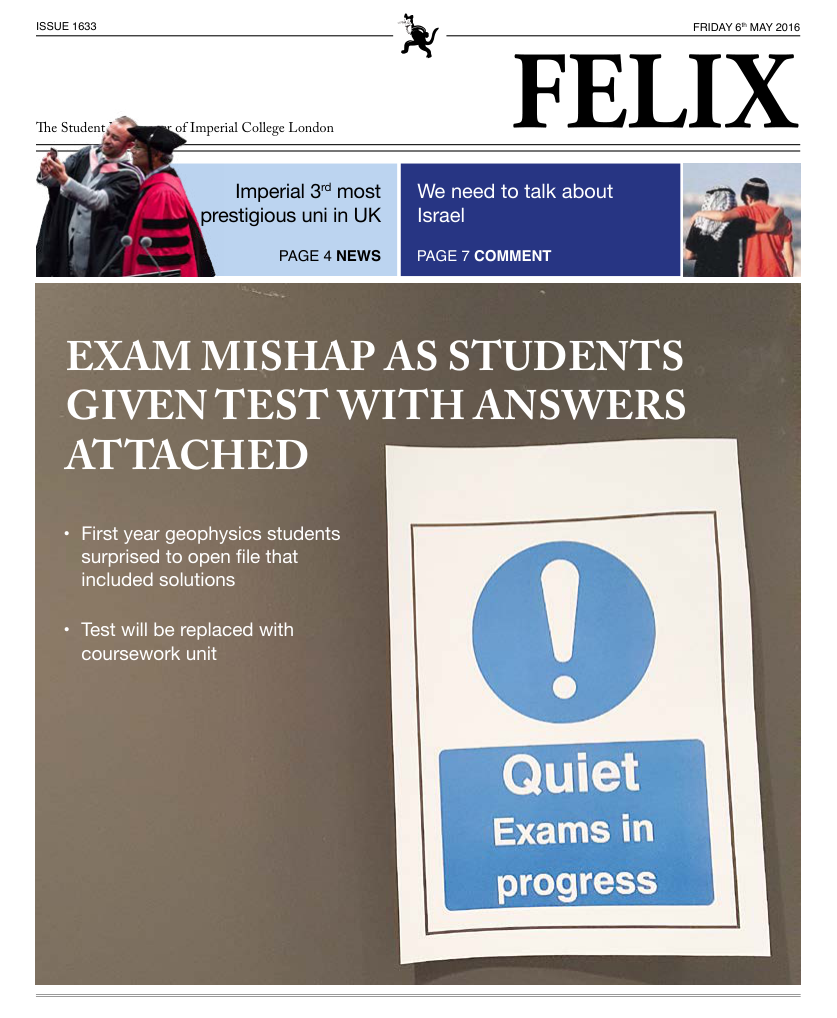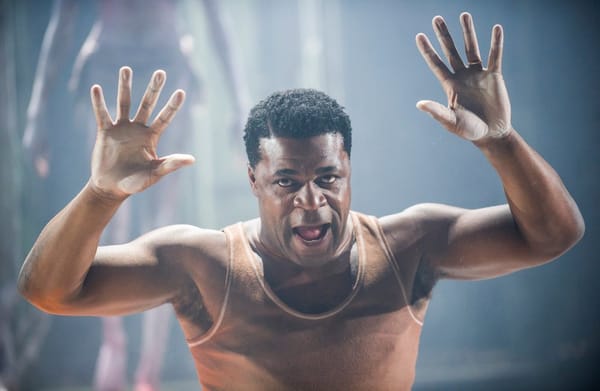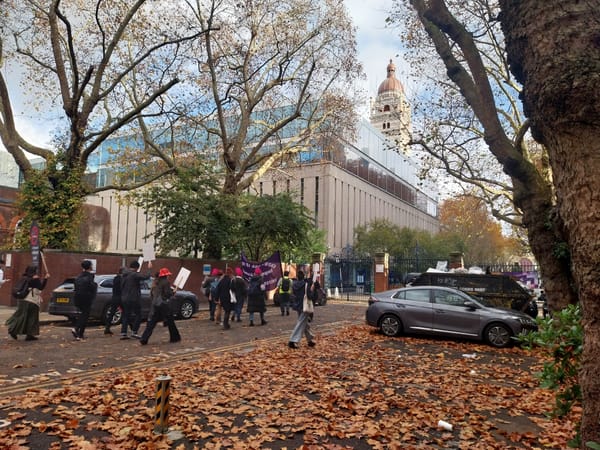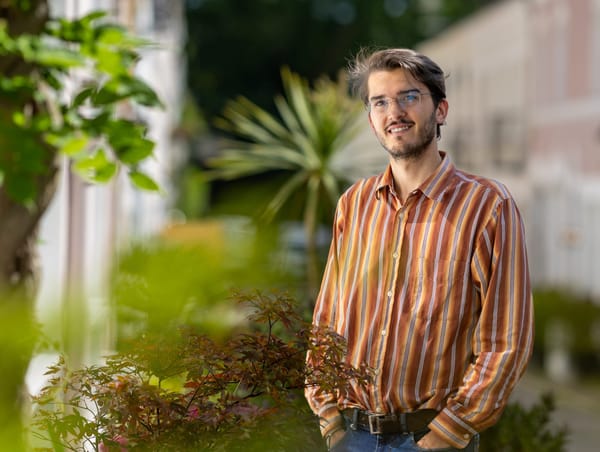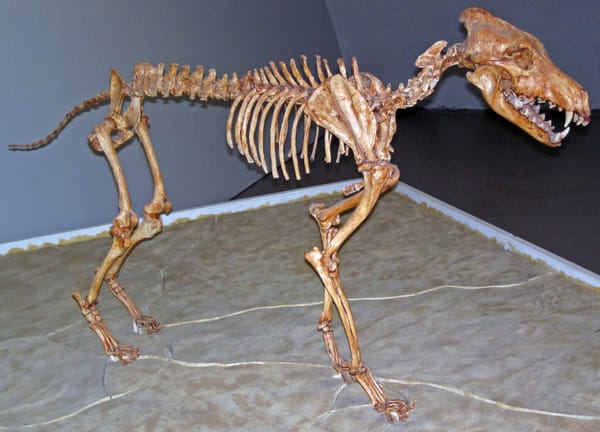People, Places and Things
The National’s unpredictable triumph is revived in style at the Wyndham’s Theatre

As I sat placidly in my seat waiting for the play to start, the announcement to turn off our mobile phones was played. That was all expected. But then the announcement repeated itself, and it seemed that a thousand voices were echoing it at the same time, louder and louder and reaching a mad climax – then in a snap the theatre went dark and a scene from The Seagull appeared before us.
That opening sequence caused me much alarm – in my wild imagination I thought the theatre had been hijacked. But it was the first of many points in the play when director Jeremy Herrin makes the experience of the drug and cigarette addicted protagonist the audience’s experience as well. People, Places and Things tells the story of a young drug addict seeking help at a drug rehabilitation clinic. Although not an uncommon narrative, this production wins with the intensity with which we are immersed in it, especially in the mind of the girl herself.
Variously known as Nina, Emma, Sarah and Lucy, the protagonist’s identity is as fluid as her delusions. Her drug-induced visions are played out in vivid detail to the audience. I gasped as the exit sign on stage swirled and morphed, and an identically-dressed receptionist popped up beside the first as the protagonist speaks to him in her drug-addled state. Indeed, much of the action happens when the ensemble of Emmas is out, all dressed exactly like her, crawling out of her bed, emerging from the toilet, climbing out of the wall, each convulsed in tormented jerky movements – the visual manifestation of what must be her own delusions arising from drug withdrawal. In this way, the production actually sheds light on psychiatric issues that are rarely discussed in public, much less in such a visceral way.
Perhaps on a more metaphorical level, these multiple selves of Emma represent her conflicted views of the world and fragments of identity that she cannot reconcile. Emma/Sarah is clearly a sharply intelligent girl who overthinks the workings of the world, and creates for herself elaborate, noble excuses for her drug habit. “How can you sit here pretending that everything is going to be alright when there are people starving in the world?” she asks the therapist. “Drugs are the only way to make me feel authentic, give me real experiences. If I deny myself choice,” she declares, “then what am I?” These may be the words of a helpless addict, but it is a sensitive acknowledgement of the addict’s own perspective that her habit is the only sense of control she feels over her life and her view of the world.
Denise Gough carries her unpredictable character brilliantly. At times, she is a fiery ball of anger eloquently rebutting everything the therapists and her fellow addicts tell her, at other times she’s a tormented soul suffering under her drug habits. Behind her prickly exterior lies a girl who desperately wished for acceptance by her mother. This theme of acting and meta-acting was displayed from the start, when the “backstage” curtains fell shortly after the play began to reveal another set of audiences on the other side. Each block of audience is watching and being watched by the other – emphasizing the staginess of the stage in between.
People, Places and Things is an intense, visceral experience that will give you your high (safely), while also getting you to question your assumptions about the world.
People, Places and Things is at the Wyndham’s Theatre until 18th June.


